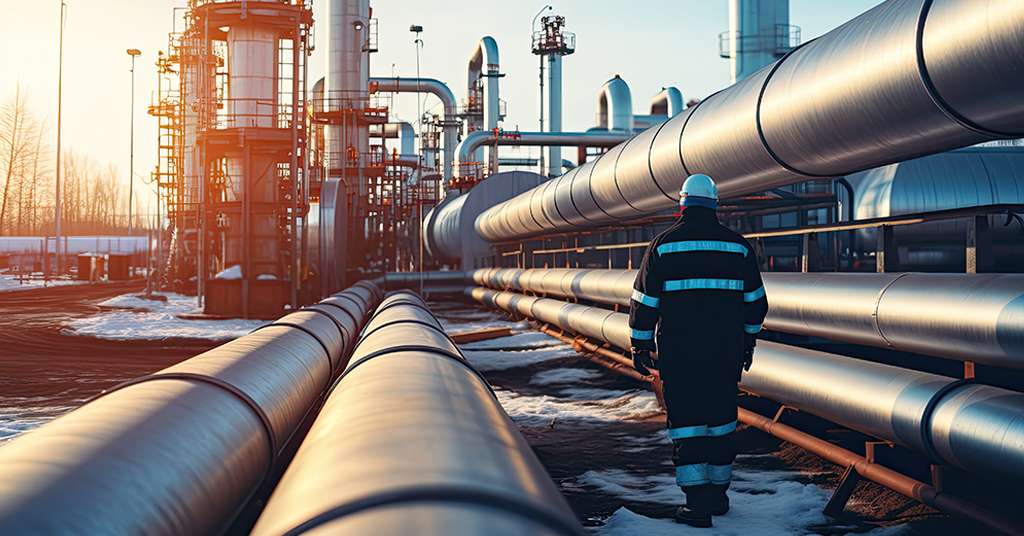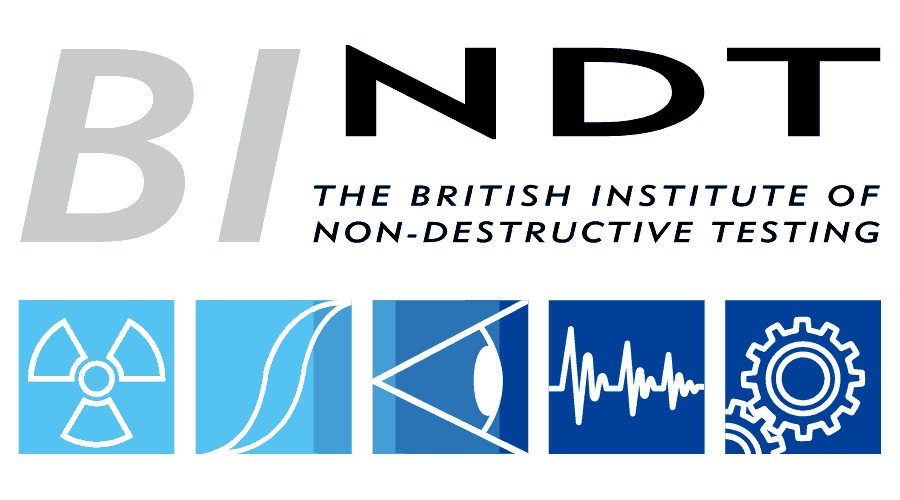In the energy sector, the reliability and performance of static equipment such as pressure vessels, heat exchangers and pipelines are crucial for ensuring safety, efficiency and long-term functionality. Harsh environmental conditions such as extreme temperatures, corrosive chemicals and constant mechanical stress, pose significant challenges to these critical assets. However, recent innovations in material science have provided new solutions to enhance the durability of static equipment. By leveraging corrosion-resistant alloys, high-temperature materials and composite solutions, the lifespan and performance of these components can be significantly improved.

Corrosion-Resistant Alloys: Safeguarding Against Environmental Damage
Corrosion is one of the leading causes of failure in static equipment. In energy applications such as offshore drilling platforms, chemical processing plants and oil refineries, the presence of saltwater, acidic gases and other aggressive elements accelerates corrosion, reducing equipment lifespan and increasing maintenance costs. To address this issue, corrosion-resistant alloys (CRAs) have become essential in extending the longevity of critical components. Alloys such as Inconel, Hastelloy and Duplex stainless steels are engineered to withstand aggressive environments due to their unique composition, including high chromium and nickel content. These materials offer superior resistance to both general corrosion and localized damage like pitting and crevice corrosion, making them ideal for demanding energy sector applications.
These alloys are especially effective in applications where equipment is exposed to high levels of moisture, acidic environments, or extreme temperatures. By incorporating CRAs, facilities can significantly reduce the frequency of maintenance interventions and avoid costly downtimes, all while ensuring the safe and efficient operation of their equipment.
High-Temperature Materials: Resilience in Extreme Conditions
Static equipment in energy applications, particularly in power plants and gas turbines, operates at high temperatures where conventional materials would fail under stress. For these conditions, high-temperature materials are vital to maintain equipment integrity and efficiency. Superalloys, such as Rene alloys and Haynes alloys, are designed for exceptional performance in elevated temperature environments, offering superior mechanical properties, thermal stability, and oxidation resistance. These alloys maintain their strength and flexibility at temperatures exceeding 1,000°C, enabling them to perform reliably in energy applications such as combustion chambers, steam turbines, and reactors.
Furthermore, ceramic matrix composites (CMCs) are another innovative material group that has gained traction in high-temperature energy applications. CMCs, composed of ceramic fibers embedded in a ceramic matrix, provide excellent thermal resistance and structural stability at temperatures well beyond the capabilities of metal alloys. They are especially valuable in the development of turbine blades and other components exposed to constant thermal cycling, where traditional metals would experience degradation.
Composite Solutions for Energy Applications: Strengthening and Light weighting
As the demand for more energy-efficient systems grows, the need for lightweight and strong materials becomes even more pronounced. Composite materials, which combine multiple materials to create a structure with desirable properties, are increasingly being used in the energy sector to address these demands. For instance, carbon fiber reinforced polymers (CFRPs) and glass fiber composites are being utilized in offshore wind turbine blades, power transmission lines, and even nuclear reactor components. These materials provide an excellent balance of strength-to-weight ratio, corrosion resistance, and thermal stability, making them ideal for applications where high performance is required without adding unnecessary weight.
In addition to their mechanical properties, composite materials are also well-suited for applications where traditional metals might fail due to fatigue or environmental exposure. For example, in nuclear energy applications, composites can withstand radiation while maintaining structural integrity, extending the lifespan of equipment and enhancing the safety of operations.
A New Era of Durability in Energy Sector Equipment
Advancements in material science have provided the energy sector with innovative solutions to enhance the durability of static equipment in some of the harshest operating environments. By adopting corrosion-resistant alloys, high-temperature materials, and composite solutions, companies can improve the longevity, performance, and reliability of their equipment, all while reducing maintenance costs and ensuring the safe operation of critical assets. As technology continues to evolve, the role of advanced materials in optimizing energy infrastructure will only become more crucial, driving efficiency and sustainability across the industry.








